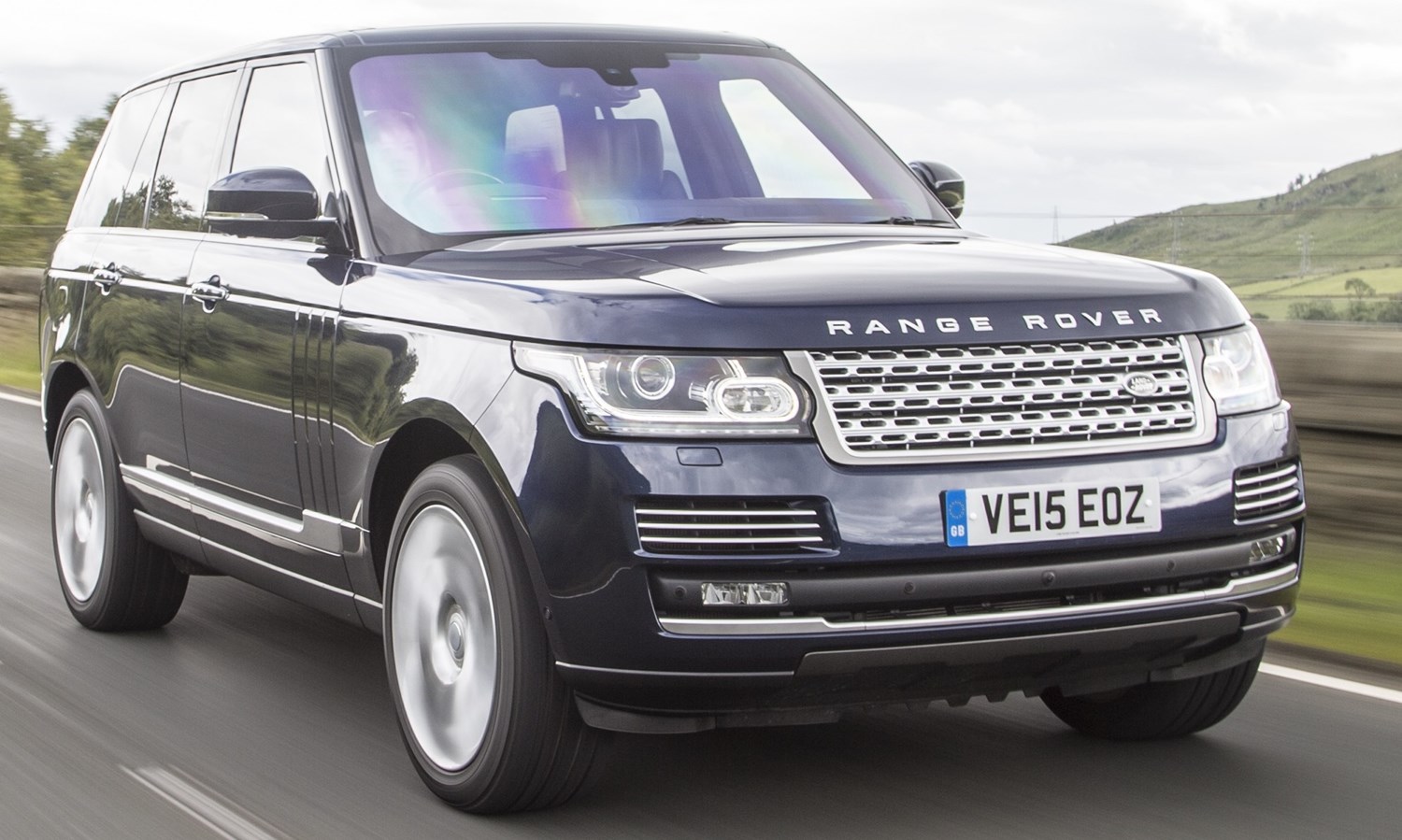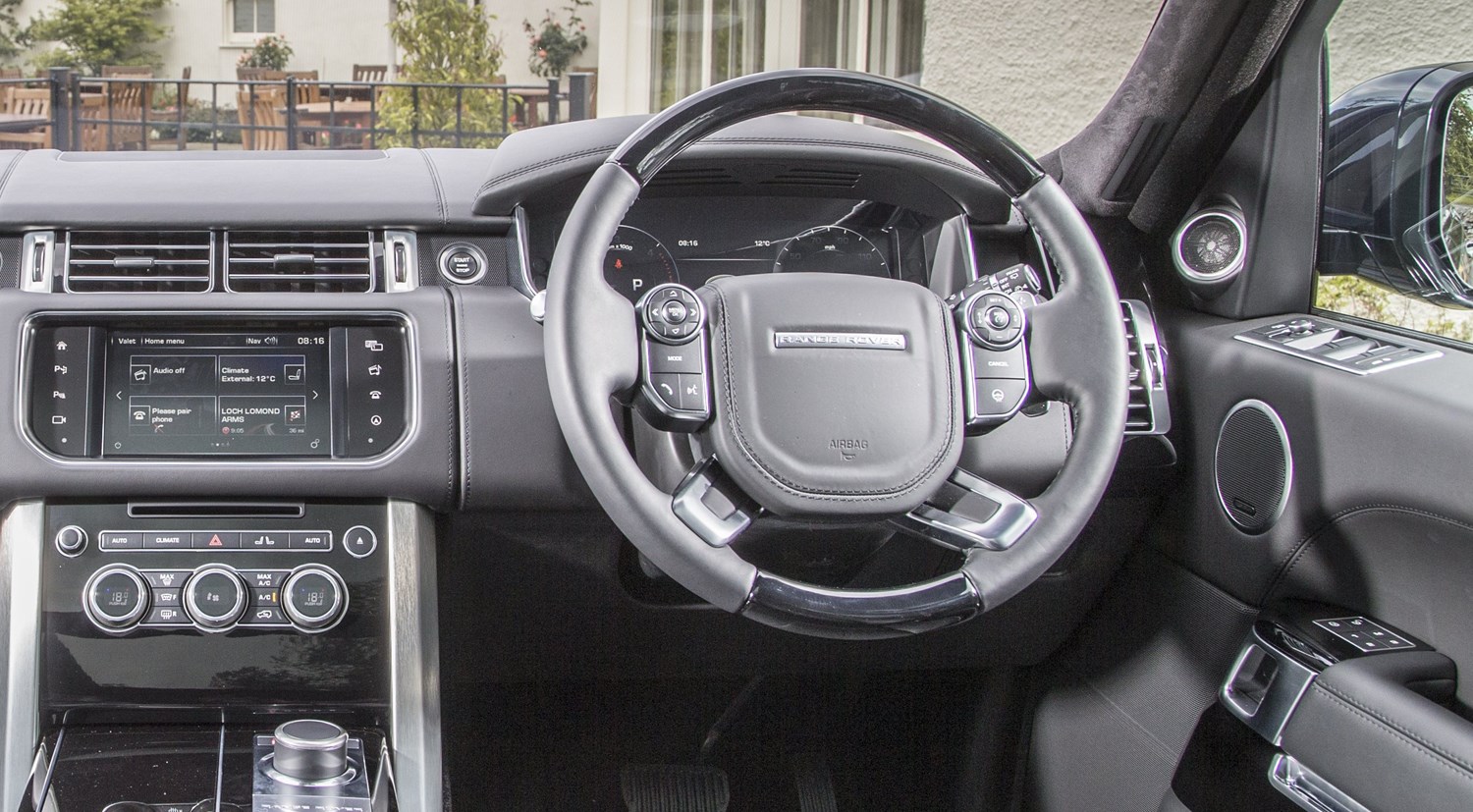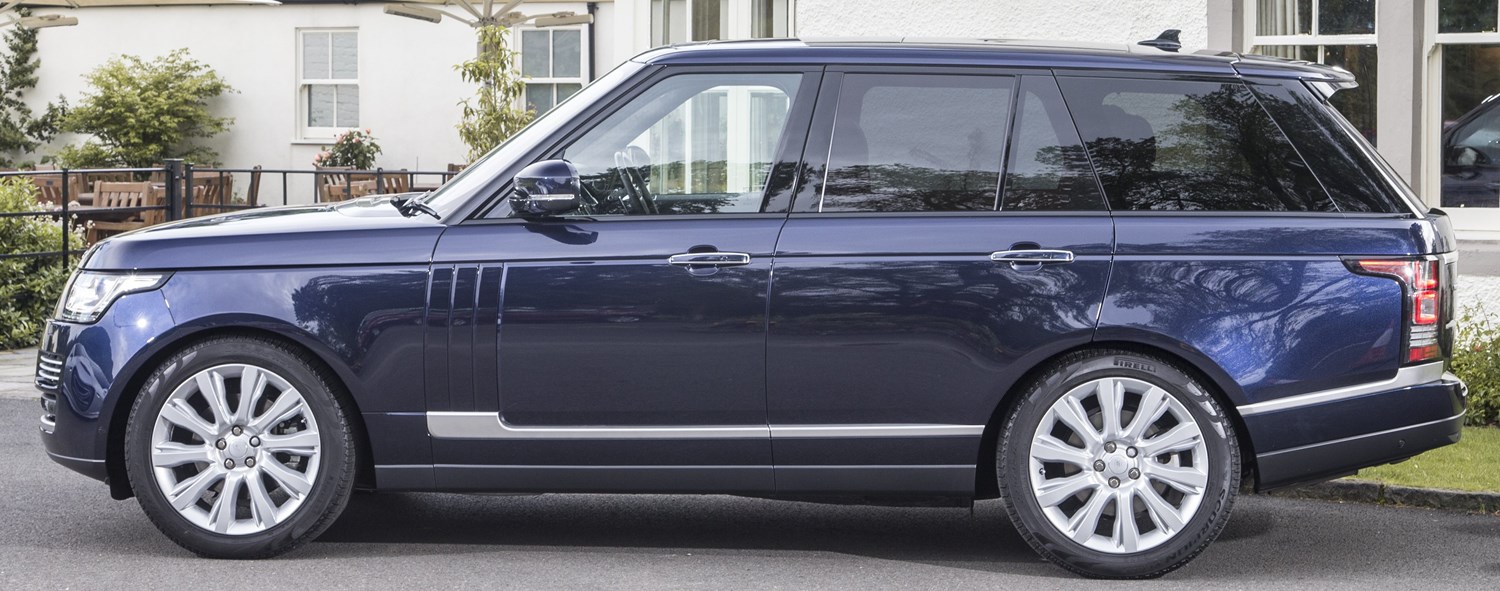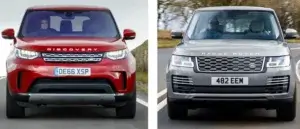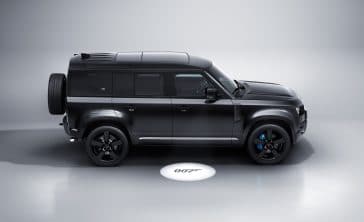Latest model
Introduced in 2012, the latest model might be starting to get a little long in the tooth – particularly as the rest of the Range Rover line-up expands and new rivals enter the market.
However, the Range Rover is still up there with the best of them, mixing luxury and elegance with incredibly capable off road ability.
In standard wheelbase form, the entry-level trim is Vogue, which starts at £76,350, while the £132,800 SVAutobiography sits at the top of the range with all the bells and whistles. In long wheelbase form, the Range Rover is only available with the higher Autobiography and SVAutobiography trim levels, starting at £108,650.
There are five engines available with a V6 and V8 option for both petrol and diesel, while a hybrid option is also available that mates an electric motor to the V6 diesel engine for improved economy.
Value for money
As is befitting of a vehicle that’s pitched at luxury car buyers, the spec is highly impressive.
The entry-level Vogue trim is available from £76,350, and with such a high price of entry standard equipment is pleasing. On the outside, there are 20-inch alloy wheels, a panoramic roof and a boot that can be opened without being touched. Inside, a 380-watt Meridian audio system, Oxford leather seats and navigation are also standard equipment.
Upgrade to the top-spec SVAutobiography trim, and the alloy wheels are upgraded to 22 inches with red Brembo brakes, while vents on the bodywork and quad tailpipes hint at the sportier nature. Inside, the audio system is upgraded to a 1700-watt Meridian system.
With the Range Rover not due a facelift until later in 2017, early fourth generation models are available at quite a discount. For the cost of a new entry-level Vogue model, it’s possible to get a two- or three-year-old top-spec Autobiography – look carefully and you’ll likely find models that had many option boxes ticked when new.
Looks and image
One of the Range Rover’s big selling points is its brand appeal – it has become an iconic ‘lifestyle’ vehicle, with many bloggers and celebrities turning to the brand.
For those who need a comfortable family car that also comes with off-road ability, few vehicles even come close to the Range Rover. The great thing about the fact it’s designed to keep going even after the roads have stopped is that however bad the road does get, the ride remains comfortable – potholes are no match the 4x4. The fact it was developed on British roads also contributes to the fact it rides so well here.
The Range Rover rewards a more relaxed style of driving. Really start to push the SUV into a corner and its relatively high centre of gravity will start to show – even with air suspension and active lean control as standard.
However, as cosseting cruisers go, you won’t get a more refined ride without going for a limousine from the likes of BMW or Mercedes.
